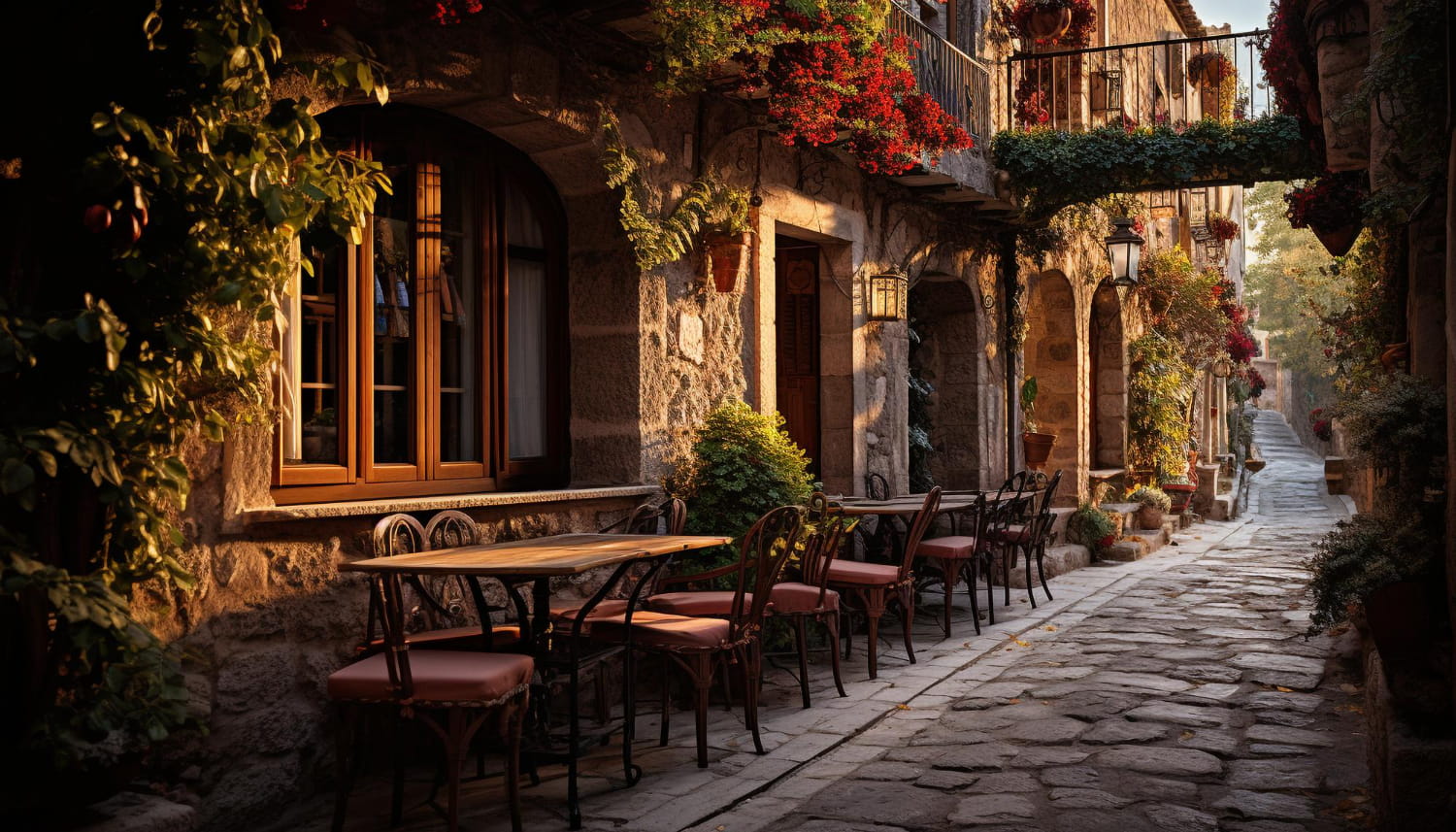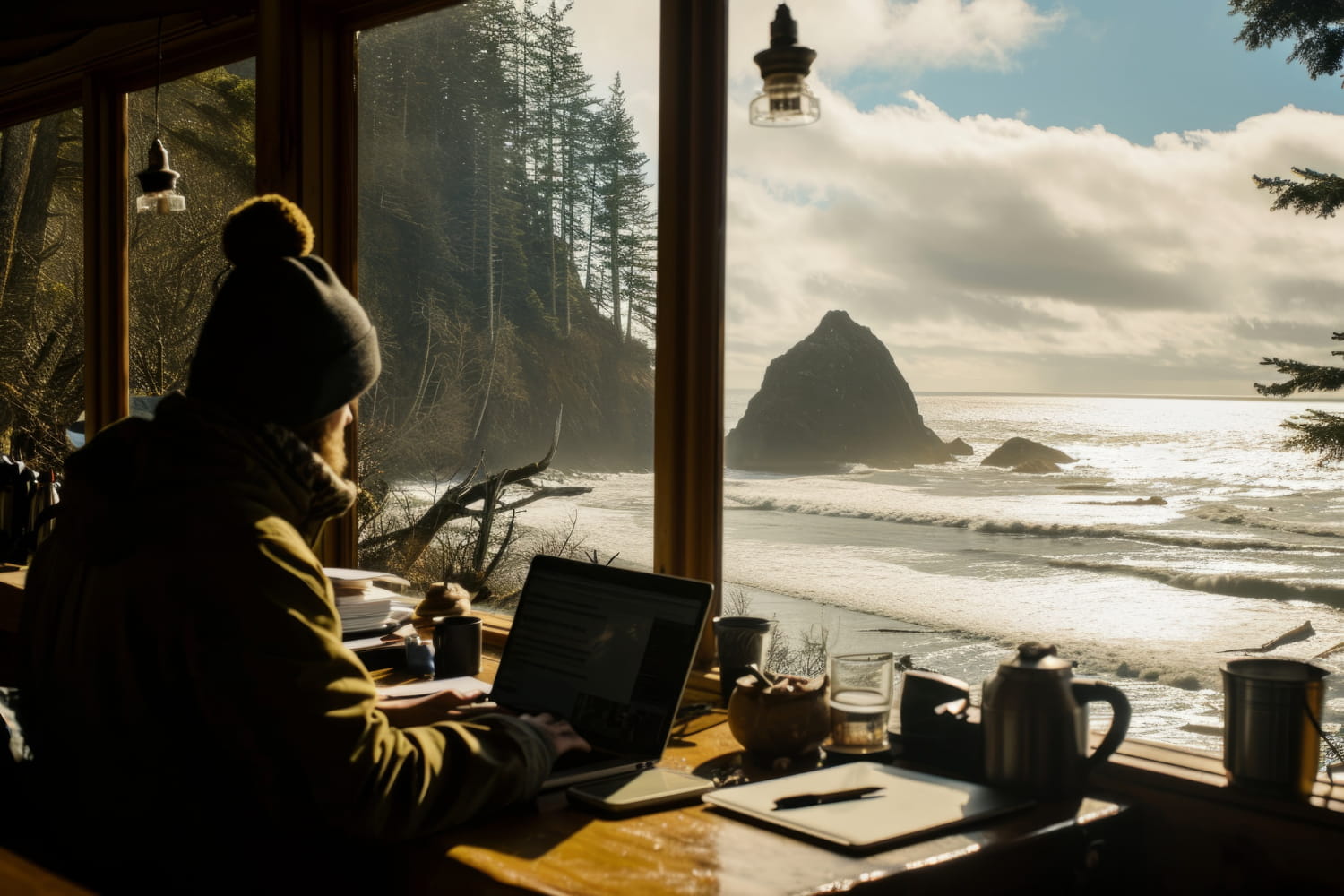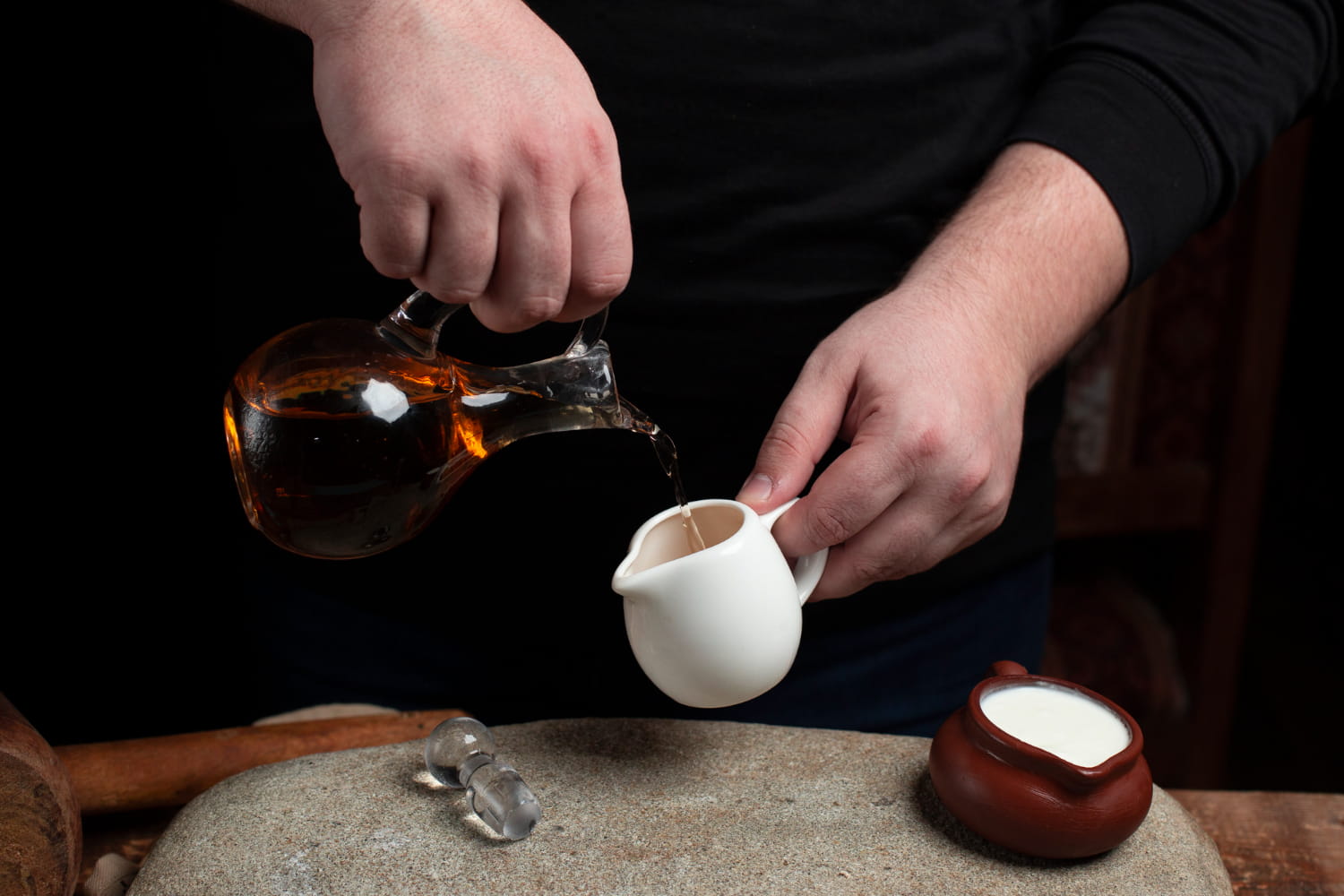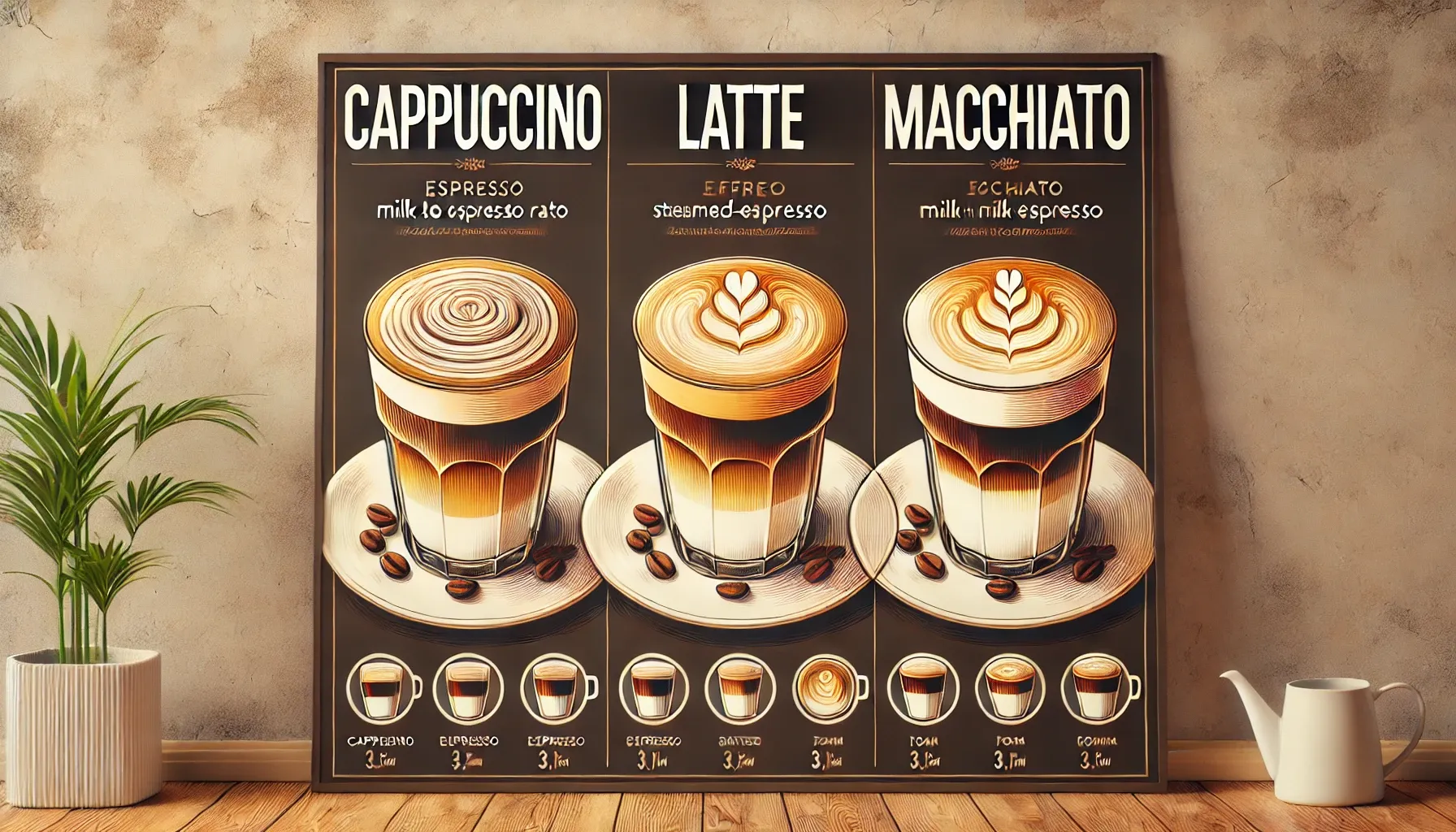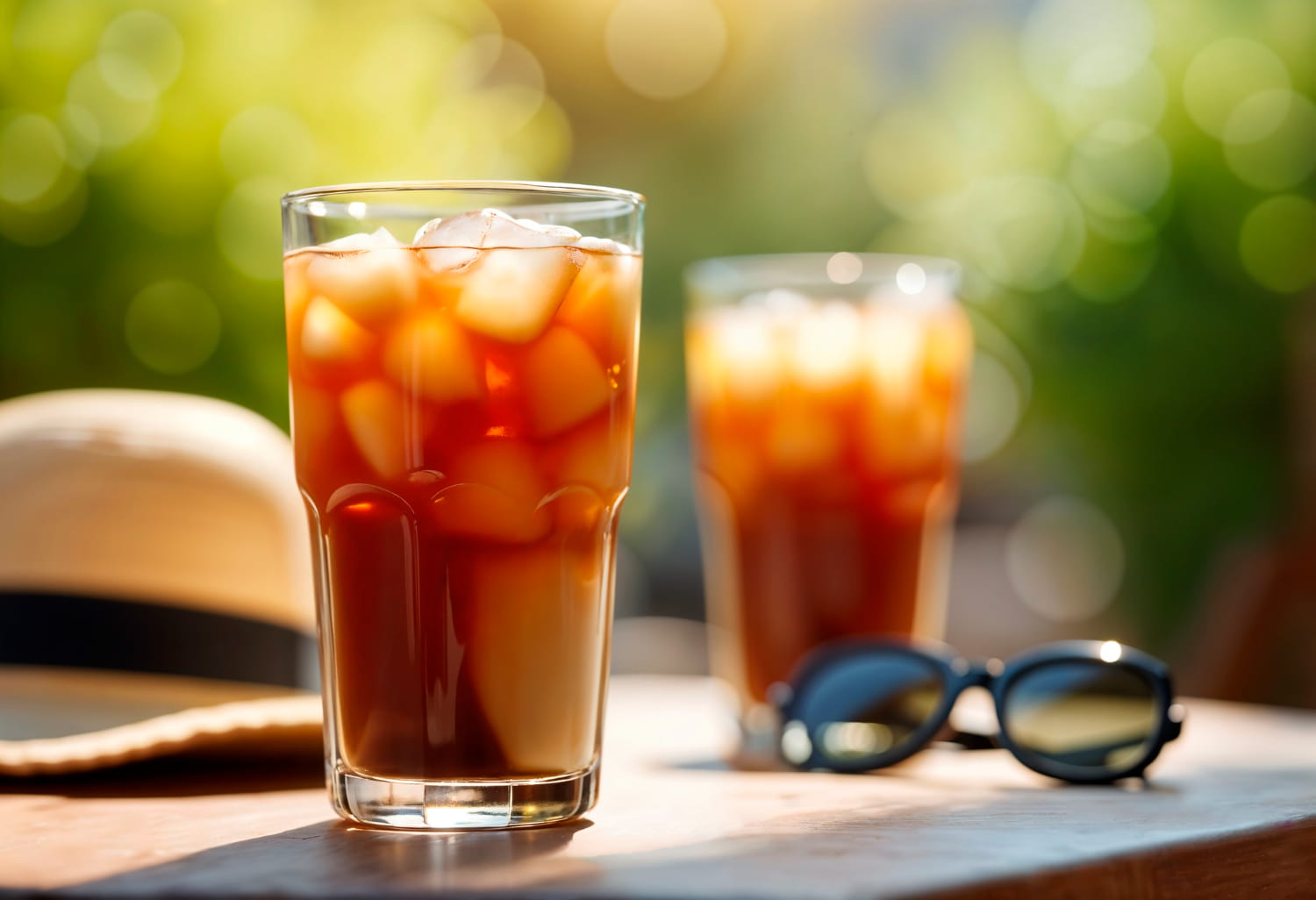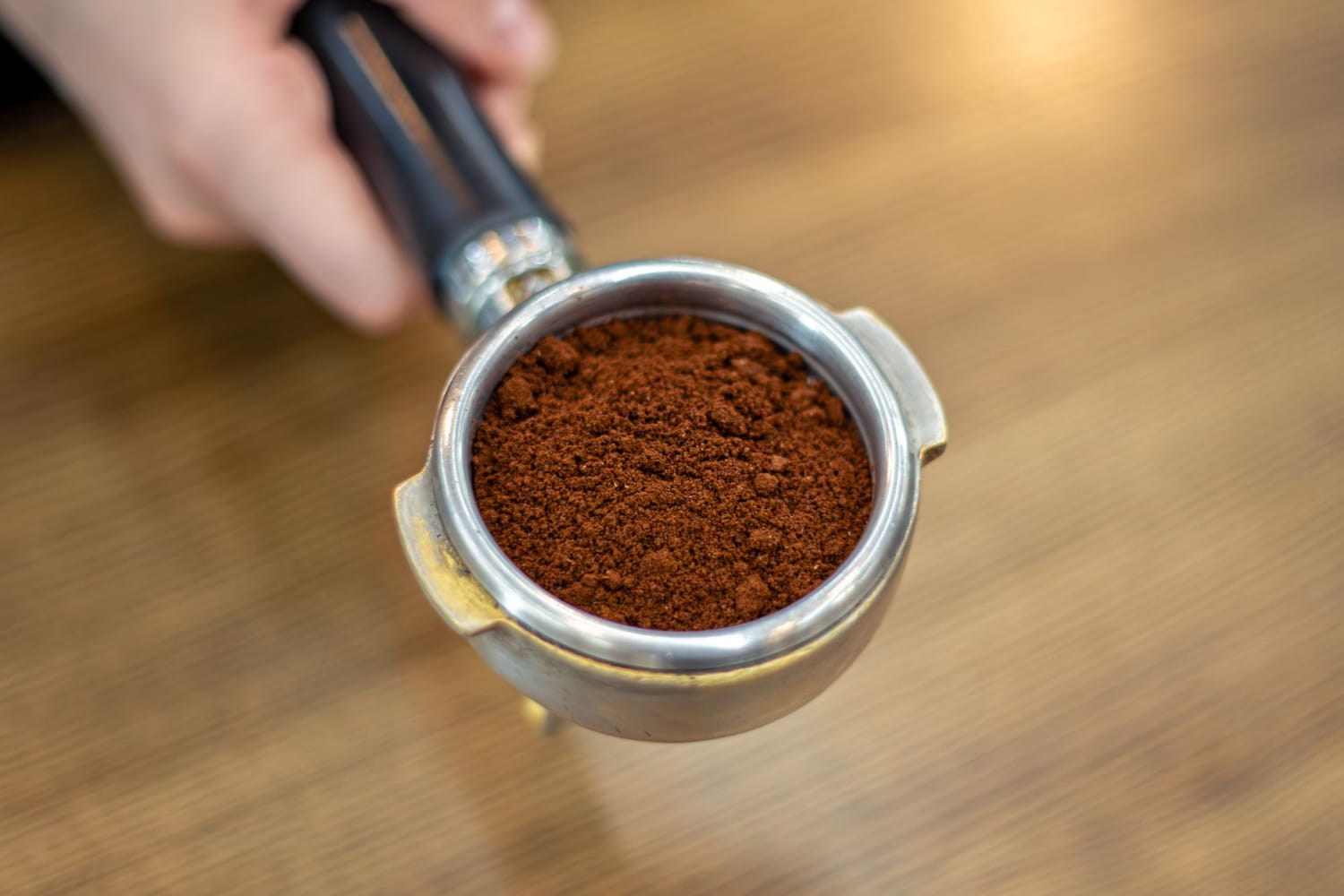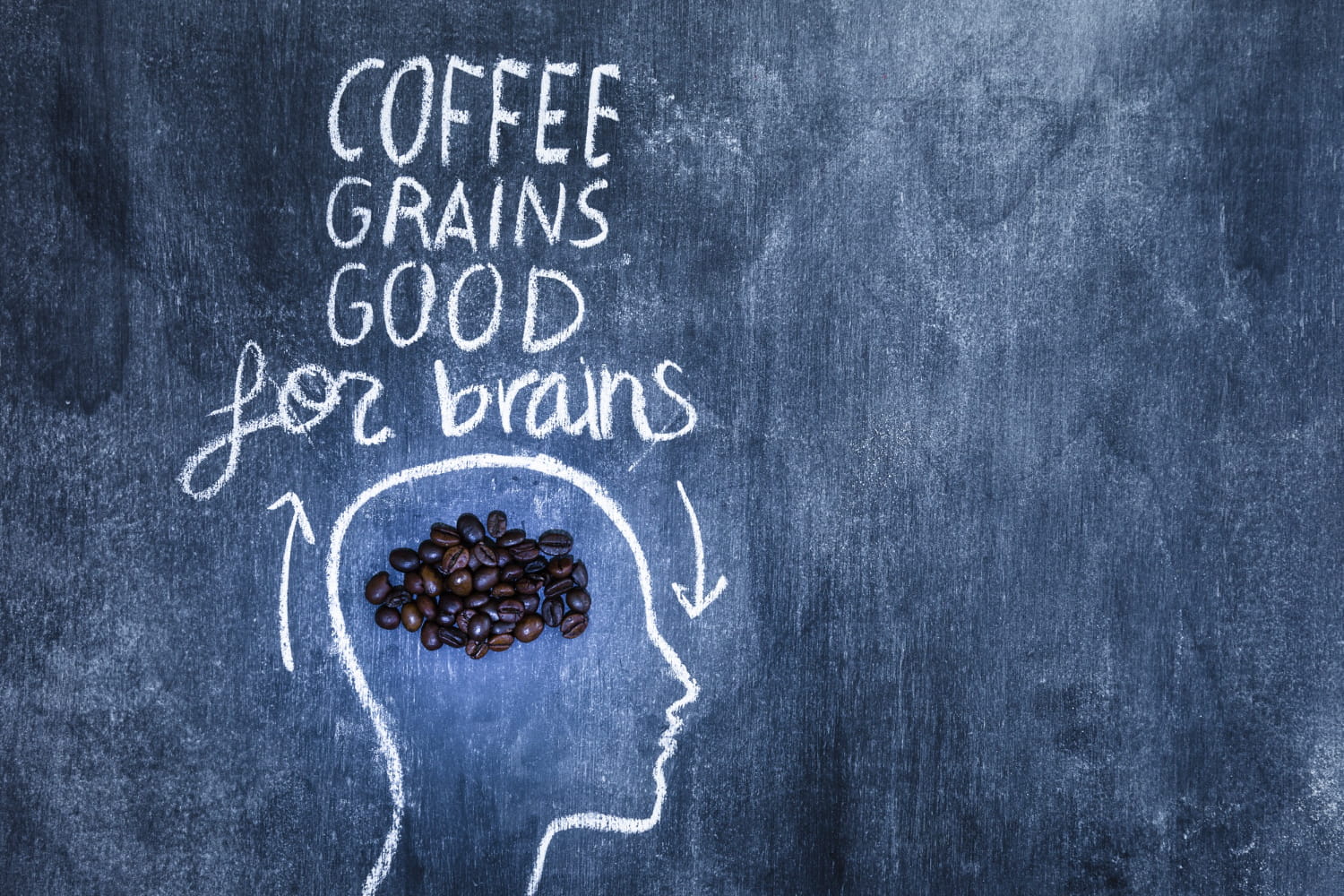Table of Contents
Coffee is one of the most popular beverages in the world, with an estimated 2.25 billion cups consumed every day. It has become an integral part of many cultures, with each region having its own unique way of enjoying this beloved drink.
From the traditional Turkish coffee to the trendy cold brew, coffee has evolved and adapted to suit the tastes and preferences of different cultures.
In this article, we will take a closer look at how different cultures around the world enjoy their coffee.
The Origins of Coffee
Coffee originated in Ethiopia in the 9th century and was initially consumed as a hot beverage.
It was later introduced to the Arab world, where it gained popularity and spread to Europe and the rest of the world.
Today, coffee is grown in over 70 countries, with Brazil being the largest producer, followed by Vietnam and Colombia.
Coffee in the Middle East
The Middle East is known for its strong and flavorful coffee, which is often served with dates or other sweet treats.
In countries like Turkey, Greece, and Lebanon, coffee is prepared using a traditional method called “Turkish coffee.”
The coffee beans are finely ground and boiled in a pot called a “cezve” with sugar and cardamom. The result is a thick and strong coffee that is served in small cups.
In other Middle Eastern countries like Saudi Arabia and Qatar, coffee is served in a similar way but without the addition of cardamom.
It is also common to find coffee being served in elaborate ceremonies, where the host prepares and serves the coffee to their guests as a sign of hospitality and respect.
Coffee in Europe
Europeans have a long history with coffee, dating back to the 16th century when it was first introduced to the continent. Today, coffee is an essential part of European culture, with each country having its own unique way of enjoying it.
In Italy, coffee is a way of life, and the country is known for its strong and flavorful espresso. It is often served in small cups and is enjoyed throughout the day, with a cappuccino being the preferred choice for breakfast. In France, coffee is often served with a croissant or other pastries, and it is common to find people enjoying a cup of coffee at a sidewalk café.
In the Nordic countries, coffee is a way to combat the long and dark winters. In countries like Sweden and Finland, coffee is often served with a sweet treat like a cinnamon bun or a cardamom roll. It is also common to find people enjoying a cup of coffee in the afternoon as a way to take a break from work.
Coffee in Asia
Asia is a diverse continent with a rich coffee culture. In countries like Japan and South Korea, coffee is often served in a traditional tea ceremony, where the focus is on the preparation and presentation of the coffee.
In India, coffee is often served with milk and spices like cardamom, ginger, and cinnamon, giving it a unique and flavorful taste.
In Southeast Asia, countries like Vietnam and Thailand have their own unique way of enjoying coffee.
In Vietnam, coffee is often served with condensed milk, giving it a sweet and creamy taste.
In Thailand, coffee is often served with ice and sweetened with sugar, making it a refreshing drink in the hot and humid climate.
Coffee in the Americas
The Americas have a strong coffee culture, with countries like Brazil, Colombia, and Guatemala being major producers of coffee.
In Brazil, coffee is often served strong and black, and it is common to find people enjoying it throughout the day.
In Colombia, coffee is often served with a small piece of cheese, which is believed to enhance the flavor of the coffee.
In the United States, coffee is a staple beverage, with over 400 million cups consumed every day.
The most popular way of enjoying coffee in the US is through drip coffee, but there has been a rise in popularity of specialty coffee drinks like lattes, cappuccinos, and cold brews.
The Rise of Specialty Coffee
In recent years, there has been a growing trend towards specialty coffee, with a focus on high-quality beans and unique brewing methods.
This trend has been driven by the younger generation, who are willing to pay more for a premium coffee experience.
Specialty coffee shops can now be found in almost every major city around the world, offering a wide variety of coffee drinks and brewing methods.
In Conclusion
Coffee is more than just a beverage; it is a way of life for many cultures around the world. From the traditional Turkish coffee to the trendy cold brew, coffee has evolved and adapted to suit the tastes and preferences of different cultures. Whether it’s a strong and flavorful espresso in Italy or a sweet and creamy iced coffee in Vietnam, one thing is for sure – coffee will continue to bring people together and be enjoyed in its many forms for years to come.
Key Takeaways
- Coffee originated in Ethiopia and has spread to over 70 countries around the world.
- Each culture has its own unique way of enjoying coffee, from the traditional Turkish coffee to the trendy cold brew.
- Specialty coffee has become increasingly popular, with a focus on high-quality beans and unique brewing methods.
- Coffee is more than just a beverage; it is a way of life for many cultures around the world.

